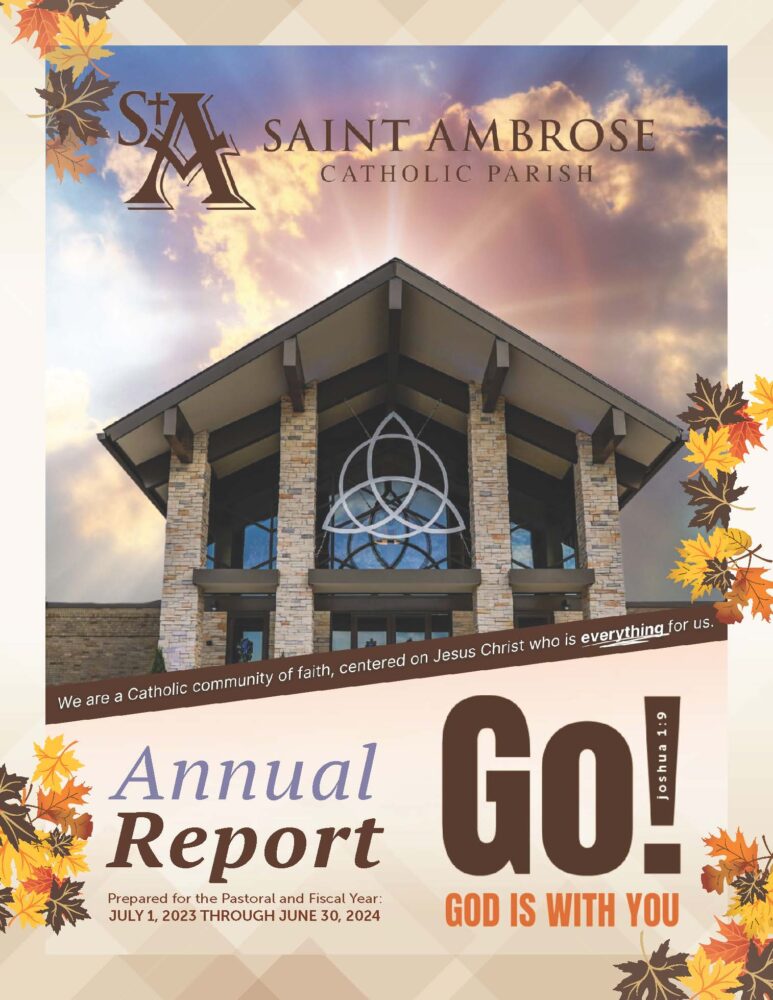Our Community CARES.
Every person involved in the life of a child,
What is child maltreatment?
Child maltreatment refers to all types of abuse and neglect of anyone under the age of 18 by a parent, caregiver, or other person with the responsibility of safeguarding the child. The vast majority of children are abused by someone they know and trust. This includes coaches, teachers, clergy, volunteers, family and others.
The four most common forms of child maltreatment include physical abuse, sexual abuse, emotional abuse, and neglect.1 Consistent with prior data, in the past year alone, research estimates one in seven children have experienced maltreatment.2,3 When children are exposed to one type of abuse, they may also be experiencing other forms, too, known as polyvictimization.4,5 Every type of abuse causes harm to children, even if a child appears to be coping well. Maltreatment is associated with an abundance of adverse outcomes for children, including negative effects on neurobiological, social, emotional and cognitive development within the brain.6,7 The effects of abuse can be immediate, or may be long reaching.8,9
What is a mandated reporter?
Anyone can report suspected or known child abuse, anytime, day or night.
Mandated Reporters are persons who are legally required to report suspected cases of abuse or maltreatment to child protective service agencies when they are suspected or disclosed. In some states, every adult is considered to be a mandated reporter. In other states, you are more likely to be a mandated reporter based on your profession or interaction with children.
However, regardless of the law, everyone has an ethical obligation to report known or suspected child abuse. Additionally, even if the law in your state does not specifically denote you as a mandated reporter, it is possible that your organization might have a policy that obligates you to make reports per your role.
What are “Child Protective Services” agencies?
Every state has statutes regarding mandatory reporting laws,10 along with a child protective services agency that is typically referred to as Child Protective Services (CPS) or something similar. Most of the agencies maintain a 24/7, toll-free help and reporting hotline and maintain a database of cases.
Child Protective Services agencies are charged first with protecting children, and when possible, with keeping families together. CPS is responsible for screening incoming calls, evaluating the content and then classifying the risk level of imminent danger. In many cases, the elements of the call must meet specific criteria before CPS can officially “register a report” within their system. If the report contains enough information to conduct an investigation, the investigation is coordinated between a multi-disciplinary team involving CPS and local law enforcement.
The dilemma: what if I do not have proof?
As an employee or volunteer, it is not your responsibility to provide proof of harm, and it is not your role to investigate cases of suspected or disclosed child abuse. But, it is your role to communicate reasonable suspicions to the right entity—which, in most cases, is CPS or a local law enforcement agency. And, keep in mind that “good faith” reports of a reasonable suspicion of abuse are protected by law, even those that end up being deemed unsubstantiated or cleared of any wrongdoing.
How do I know whether I have a suspicion of abuse?
At the most basic level, having a “suspicion of abuse” means the thought has entered your mind that abuse may be happening. Either you saw something, heard something, heard someone else say something, a child told you something, or your intuition is sounding alarms that something is wrong.
While not an exhaustive list, here are some common scenarios that would cause the average person to suspect that a child is being, or has been, abused or maltreated:11
- A child discloses directly to you, or someone else
- A child discloses that someone else is being abused
- A child creates a story about a victim of abuse, and then “retracts” the story if you show concern
- Another adult communicates that they have concerns that abuse is happening (or has happened)
- Knowing specific family dynamics that cause you to be concerned about youth welfare
- Finding disturbing images of children via an adult’s technology device
- Finding disturbing messaging or images sent to a child on a child’s technology device
- You, or someone else, observes a child acting out sexual behaviors that are unusual for his/her age
- A child is dressed inappropriately for the weather (such as no jacket in the cold, or long sleeves and pants in the heat), appears overly hungry or tired, and may have excessively worn or dirty clothing
- Seeing multiple injuries in various stages of healing on a child, in places that are surprising, with explanations that do not make sense, and,
- Observing other red flag indicators12 children exhibit that are frequently associated with child abuse.
What if I am wrong?
Always err on the side of safeguarding the child. It is common for many adults to feel apprehensive or reluctant about communicating child abuse concerns. In these cases, please rest assured that both law enforcement and CPS (and, children themselves) would much rather that you err on the side of caution to protect the most vulnerable person—the child. Reporting a concern or suspicion is being a protector of a children (even if it ends up finding no harm to the child).
The child, anyone under the age of 18, should always be at the center of the equation when it comes to safety. Any fears or concerns that we have about whether we are doing the right thing about reporting should always circle back to what is best for the child. Children have a right to be safe. Communicating your concerns to the appropriate entity is a significant step you can take to help keep youth safe.
What else do you need to know?
You do not need to tell the parents or the person you suspect when you make a report (doing so could compromise a potential investigation). Law enforcement or CPS will reach out if needed; let the multi-disciplinary team conduct their investigation.
You still need to report even if you heard about the suspicion from someone else. The source of the information is irrelevant, it is not hearsay to relay material from another person. Anyone who becomes aware of child abuse or has a suspicion of it, should report it per the mandated reporting laws or ethical responsibilities—the duty of reporting is on the person who becomes aware that abuse could be happening. If information comes “through the grapevine,” it should still be communicated to CPS.
There are specific questions13 that CPS will ask you during the call. But, even if you do not have all of the facts, you can still report the information you do have.
Children do not often disclose about abuse to people in positions of authority, and when they do, it is rarely a lie. Fewer than half of child victims disclose about the abuse that has happened to them, and it usually is not to their parents or an adult. Of the children who tell someone, it is more likely to be to their friends (referred to as “peer-to-peer” or “friend-to-friend”), and that information does not typically make it to an official report to child protective services.14,15 When children do disclose about child sexual abuse, fewer than 5% of their initial disclosures are intentionally false. This means that there is a 95% chance that they are telling the truth! A report of child abuse should always be treated as if it is true.
How should I react if a child discloses abuse to me?
It is paramount to reflect upon the vast power we each have when communicating with others about the subject of child sexual abuse. You may one day have the privilege of hearing a youth’s disclosure of abuse that occurred to them. How you respond, in your words and actions, have a significant impact. Let them talk and listen carefully. Address their feelings, letting them know that you trust them and believe them. Be careful to limit your questioning. Do offer discretion, but do not offer confidentiality—depending on the situation, you may need to report the information. You will want to be honest with the youth about next steps.
- If you are aware of an adult exhibiting behavior that is against the code of conduct or organization’s policy: speak to a supervisor. Keep communicating “up the chain” of command until your concerns are addressed.
- If you are aware that a child is, or could be, in immediate danger: call 911.
- For a suspicion or knowledge of abuse, including if a child discloses directly or indirectly: call the child abuse hotline (for Child Protective Services) for the county or the state, or local law enforcement.
- For possible exploitation via technology: If you suspect that a child is being groomed or exploited via technology (online, gaming, cell phones, social media, etc.), communicate your concerns via the National Center for Missing and Exploited Children’s tipline, at www.cybertipline.com.
- For possible abuse within your employee or volunteer organization: If you suspect or know a child is being, or has been abused, by a diocesan employee or volunteer, first call the child abuse hotline for your state, and then notify the diocese immediately (typically through the safe environment or child protection office).




